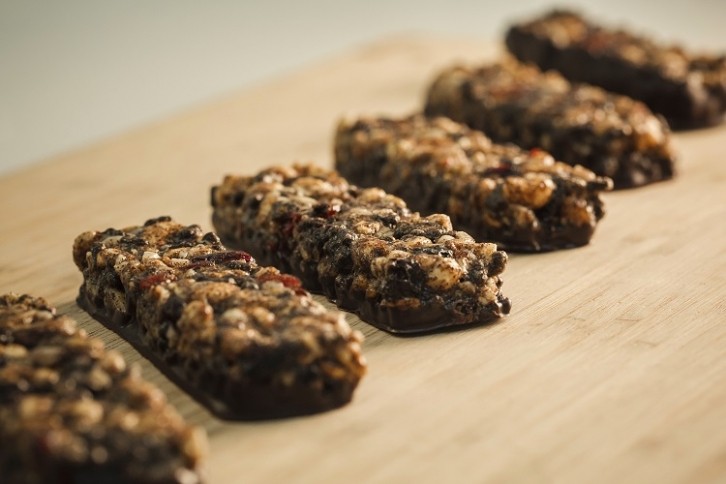Upcycled fermented seaweed and rapeseed meal combined to develop new alternative protein

The collaboration, between the Danish Technological Institute, Fermentationexperts, EXPERGO and Institutul National de Cercetare-Dezvoltare pentru Chimie si Petrochimie, was undertaken in order to develop a new alternative protein out of the fermentation of by-products and macro algae.
The new protein is made from a combination of fermented seaweed and rapeseed meal, the latter of which is left over after the extraction of oil from rapeseed. This meal has a very high protein content.
The combination of rapeseed meal and fermented seaweed has not been used as a human protein before, as rapeseed cake has only recently been granted approval for use by the European Food Safety Authority (EFSA). The combination “has only been done for animal feed,” Hanne Bjørn Nedergaard, Business Manager at the Danish Technological Institute, told FoodNavigator.
“The reason is that the rapeseed meal until recently have not been approved for food. During the development project a novel food approval was granted by EFSA.”
A recent study from the University of Copenhagen showed that rapeseed cake could be used as a protein for humans. Before that, ingredients supplier DSM upcycled canola protein from rapeseed cake.
In the new protein, however, the fermented seaweed is just as vital a part as the rapeseed meal. “The project focused on optimization of the solid state fermentation process of the rapeseed meal and seaweed,” Nedergaard told us.
“Different process parameters and raw materials were tested to find largest response for the health benefits measured by COX2 inhibition assay as described in the press release. After the fermentation the product was dried and the resulting coarse material was grinded to very small particles.”
Now that it has been approved, they say, it can be used for cereal bars and Romanian fruit drinks (there is a possibility it could be used in plant-based meat as well, Nedergaard admitted, but it hasn’t yet been tested). Making it ready for the market meant getting rid of the distinctive acidic aftertaste that comes with fermentation.
“For the cereal bar,” Nedergaard told us, “we found that combining the right ingredients was enough to obtain perceptual taste masking, meaning that the combination of the different flavours of the bar became complementary and reduced the perception of the acidic aftertaste.
“We also applied other microencapsulating techniques to mask the flavour for other applications, here different large molecules like lipids (a fat-like material) among others had a reduced effect on the aftertaste.”
Possible health benefits
Although the new alternative protein has not been tested in clinical trials, so the results are uncertain, the researchers believe that it could bring health benefits. For example, it could have anti-inflammatory and antioxidant affects.
“In the project that we measured was inhibition of the enzymes COX-2 which is related to the inflammatory response in the body,” Nedergaard told us.
“The ingredient can therefore potentially reduce chronic inflammation which is associated with the development of a range of diseases including type 2 diabetes, cardiovascular disease, Alzheimer’s, chronic obstructive pulmonary disease, depression, and some types of cancer.
“The effects are obtained through a combination of probiotic bacteria, prebiotic fibres and anti-inflammatory bioactives produced during fermentation.”


























